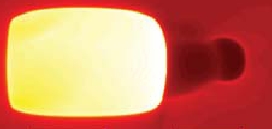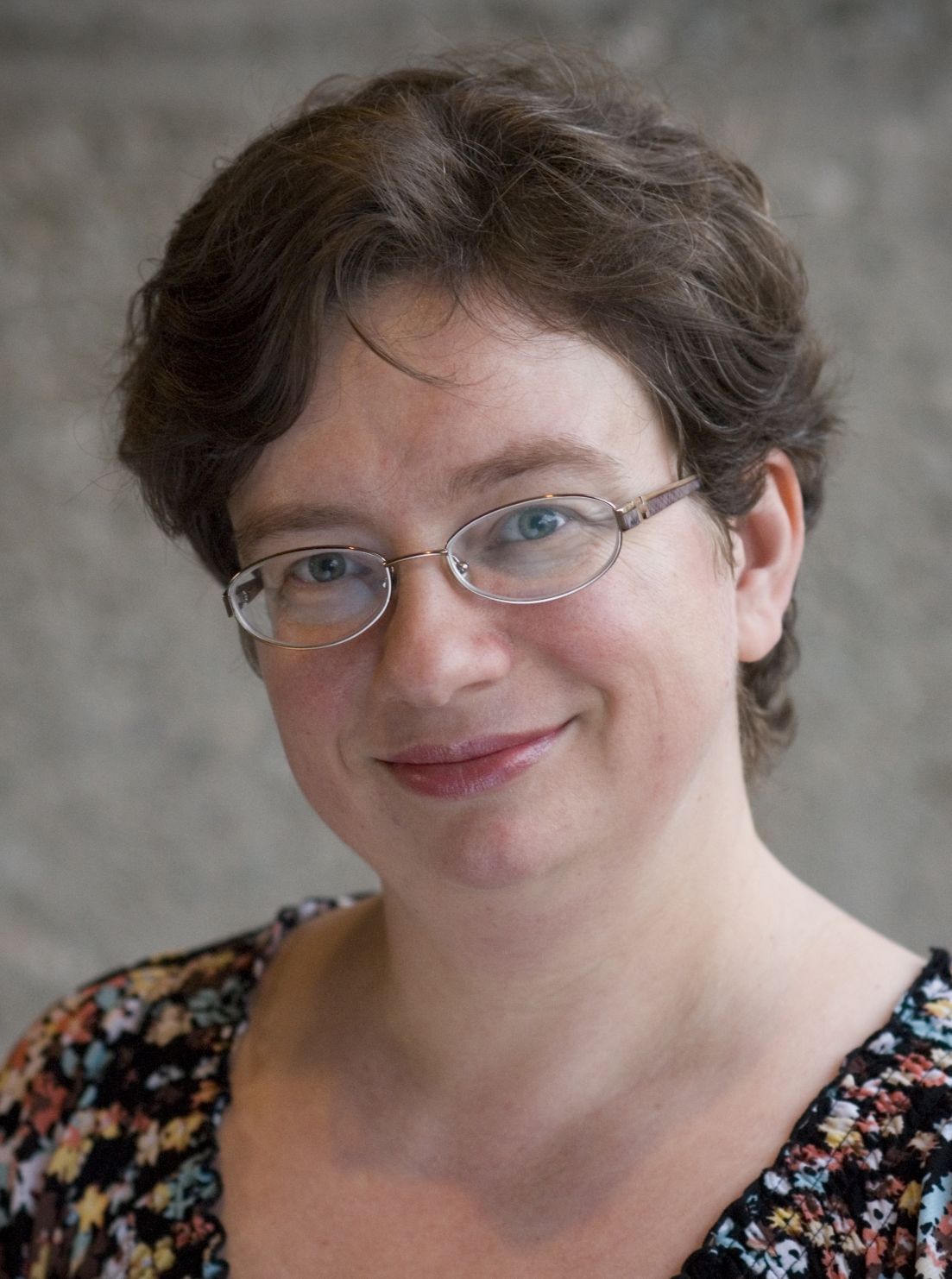 |
 |
 |
 |
 |
||||
| 
| |||
Research Interests
- Fracture and frictional processes
- Mechanics and physics of earthquakes
- Computational mechanics
My research is directed towards better understanding of friction and fracture phenomena on both fundamental and practical levels through analytical and numerical modeling. From the fundamental point of view, processes of fracture and friction are fascinating nonlinear, and often dynamic, phenomena occurring on many scales. In practice, understanding friction and fracture is of vital importance to many industrial and defense applications. My special interest is in mechanics and physics of earthquakes and aseismic slip, where frictional faulting and cracking are key ingredients. Destructive shallow earthquakes initiate as frictional instabilities on tectonic boundaries and other faults in the Earth's crust and propagate as dynamic frictional cracks under extreme conditions: The slipping zone extends with average crack tip speeds of 0.7 to 0.9 of the shear wave speed in rocks (which is about 3 km/s), the two sides of the fault slide with particle velocities of about 1 m/s on average, and the normal stresses that press the two sides of the fault together are of the order of 100 MPa. At the same time, faults exhibit complex patterns of quasi-static (aseismic) slip, with processes of earthquake nucleation, postseismic slip, and aseismic transients. Detailed understanding of physics and mechanics of faults is critical to our ability to estimate and prevent damage caused by this natural hazard and to answer many existing fundamental questions about earthquakes such as whether they can be predicted. The insight and modeling tools developed while studying earthquake phenomena can be used for engineering applications.
Current topics
Developing computational methodologies for long-term simulations of fault slip punctuated by dynamic shear failures (earthquakes)
Understanding patterns of seismic and aseismic slip
Modeling earthquake nucleation and aftershock occurrence
Investigating effects of dynamic weakening
Understanding supershear transition and propagation
Analyzing shear failure in heterogeneous conditions
Interpreting seismic, geodetic, and experimental observations
